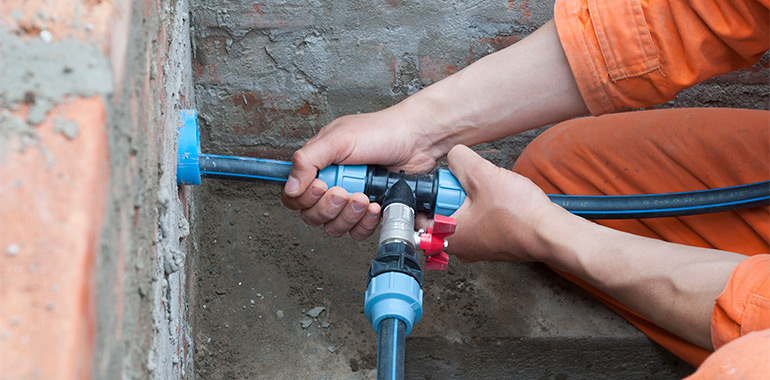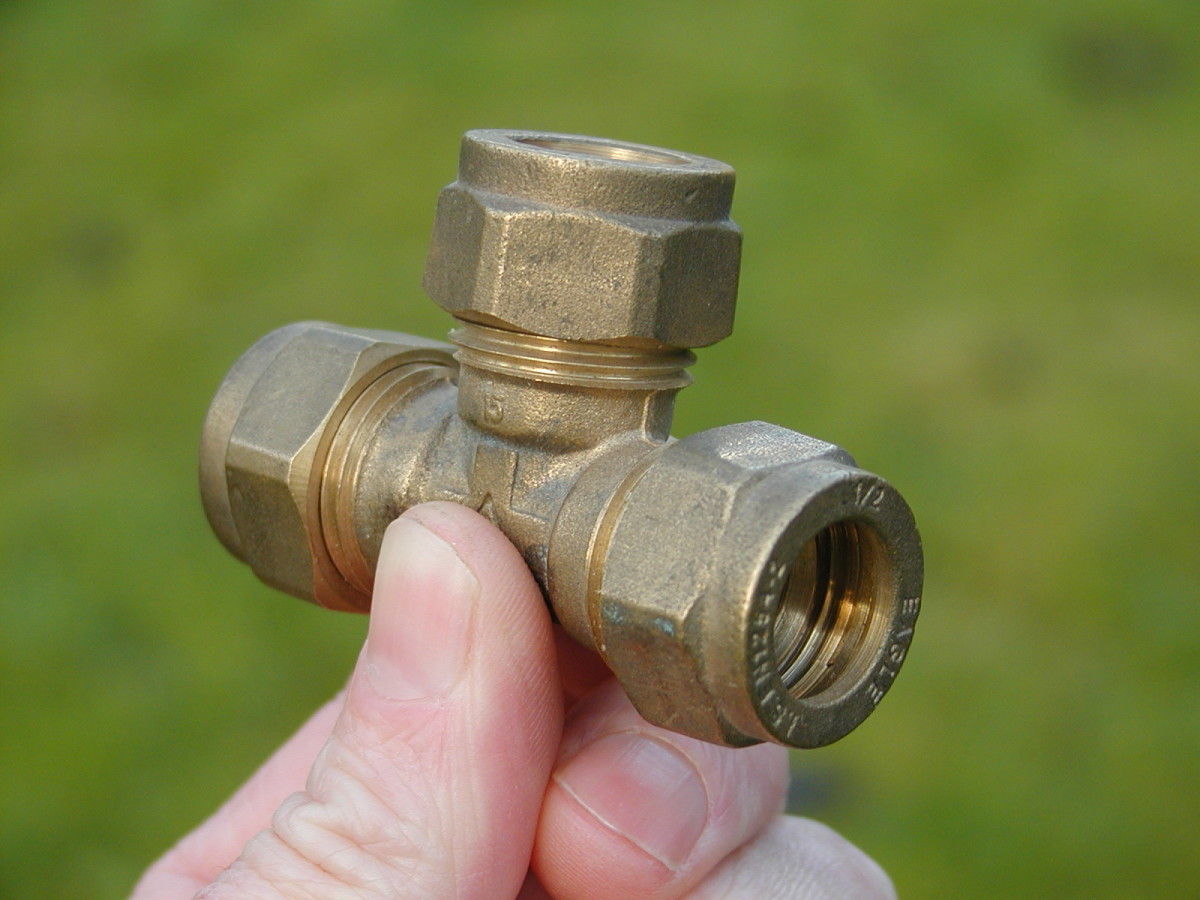Identifying And Also Repairing Plumbing Noises In Your House
Identifying And Also Repairing Plumbing Noises In Your House
Blog Article
Are you currently trying to locate facts around Diagnose Unwanted Plumbing Noises?

To detect loud plumbing, it is important to establish initial whether the unwanted audios take place on the system's inlet side-in other words, when water is transformed on-or on the drain side. Noises on the inlet side have actually differed causes: excessive water pressure, used shutoff and also faucet parts, poorly connected pumps or various other devices, incorrectly put pipe bolts, as well as plumbing runs including too many limited bends or various other limitations. Noises on the drainpipe side generally come from bad place or, as with some inlet side noise, a format having limited bends.
Hissing
Hissing noise that occurs when a tap is opened a little normally signals extreme water pressure. Consult your neighborhood public utility if you think this problem; it will certainly have the ability to tell you the water pressure in your location as well as can set up a pressurereducing valve on the inbound water system pipe if essential.
Other Inlet Side Noises
Squeaking, squeaking, scratching, breaking, and touching typically are brought on by the growth or tightening of pipes, generally copper ones providing hot water. The noises occur as the pipelines slide against loosened fasteners or strike close-by house framing. You can often identify the location of the issue if the pipelines are subjected; simply comply with the audio when the pipes are making sounds. Most likely you will certainly uncover a loose pipeline hanger or a location where pipelines lie so near to floor joists or various other framing items that they clatter against them. Affixing foam pipe insulation around the pipelines at the point of contact need to fix the trouble. Be sure bands and hangers are safe and secure and supply ample support. Where feasible, pipeline fasteners must be affixed to massive structural aspects such as structure wall surfaces instead of to mounting; doing so lessens the transmission of resonances from plumbing to surface areas that can enhance and also transfer them. If connecting bolts to framing is inevitable, cover pipelines with insulation or other durable product where they speak to fasteners, and sandwich the ends of brand-new bolts between rubber washers when installing them.
Remedying plumbing runs that experience flow-restricting limited or numerous bends is a last option that must be taken on just after consulting a competent plumbing professional. Regrettably, this scenario is rather common in older homes that might not have actually been constructed with interior plumbing or that have actually seen numerous remodels, especially by amateurs.
Chattering or Screeching
Intense chattering or shrieking that happens when a valve or faucet is switched on, which generally goes away when the installation is opened totally, signals loosened or defective internal components. The solution is to change the shutoff or tap with a brand-new one.
Pumps and also devices such as cleaning equipments and also dish washers can move electric motor sound to pipelines if they are incorrectly linked. Link such products to plumbing with plastic or rubber hoses-never rigid pipe-to isolate them.
Drainpipe Noise
On the drainpipe side of plumbing, the principal objectives are to remove surface areas that can be struck by falling or rushing water and to insulate pipes to consist of inevitable noises.
In new construction, bath tubs, shower stalls, commodes, and also wallmounted sinks as well as basins ought to be set on or against resistant underlayments to lower the transmission of audio through them. Water-saving commodes and also taps are much less loud than traditional designs; install them as opposed to older kinds even if codes in your location still permit utilizing older fixtures.
Drainpipes that do not run up and down to the cellar or that branch into horizontal pipeline runs supported at floor joists or various other mounting present particularly frustrating sound issues. Such pipes are huge enough to radiate substantial resonance; they likewise carry substantial amounts of water, which makes the scenario worse. In new building and construction, specify cast-iron soil pipelines (the big pipes that drain pipes toilets) if you can manage them. Their enormity includes a lot of the sound made by water passing through them. Additionally, prevent routing drains in walls shown to bed rooms and areas where people collect. Walls containing drains should be soundproofed as was defined earlier, making use of double panels of sound-insulating fiber board as well as wallboard. Pipes themselves can be covered with special fiberglass insulation produced the purpose; such pipelines have an impervious plastic skin (sometimes consisting of lead). Results are not constantly sufficient.
Thudding
Thudding noise, usually accompanied by trembling pipes, when a tap or home appliance shutoff is shut off is a condition called water hammer. The sound and resonance are triggered by the resounding wave of stress in the water, which instantly has no place to go. Often opening a valve that releases water rapidly right into a section of piping including a constraint, elbow joint, or tee fitting can create the very same problem.
Water hammer can typically be healed by installing installations called air chambers or shock absorbers in the plumbing to which the problem shutoffs or faucets are linked. These devices enable the shock wave developed by the halted flow of water to dissipate airborne they include, which (unlike water) is compressible.
Older plumbing systems may have brief vertical sections of capped pipeline behind wall surfaces on faucet runs for the exact same objective; these can eventually full of water, lowering or destroying their effectiveness. The remedy is to drain the water supply completely by turning off the major water supply shutoff and also opening all taps. Then open up the major supply valve as well as shut the taps individually, starting with the faucet nearest the valve as well as finishing with the one farthest away.
WHY IS MY PLUMBING MAKING SO MUCH NOISE?
This noise indeed sounds like someone is banging a hammer against your pipes! It happens when a faucet is opened, allowed to run for a bit, then quickly shut — causing the rushing water to slam against the shut-off valve.
To remedy this, you’ll need to check and refill your air chamber. Air chambers are filled with — you guessed it — air and help absorb the shock of moving water (that comes to a sudden stop). Over time, these chambers can fill with water, making them less effective.
You’ll want to turn off your home’s water supply, then open ALL faucets (from the bathroom sink to outdoor hose bib) to drain your pipes. Then, turn the water back on and hopefully the noise stops! If you’re still hearing the sound, give us a call to examine further.
Whistles
Whistling sounds can be frustrating, as sometimes the source isn’t easily identified. However, if you can pinpoint which faucet or valve that may be the cause, you’ll likely encounter a worn gasket or washer — an easy fix if you replace the worn parts!Whistling sounds from elsewhere can mean a number of things — from high water pressure to mineral deposits. Your best plan of attack here is to give our plumbing experts a call. We’ll be able to determine where the noise is coming from and what the cause may be, then recommend an effective fix!
Cracks or Ticks
Cracking or ticking typically comes from hot water going through cold, copper pipes. This causes the copper to expand resulting in a cracking or ticking sound. Once the pipes stop expanding, the noise should stop as well.
Pro tip: you may want to lower the temperature of your water heater to see if that helps lessen the sound, or wrapping the pipe in insulation can also help muffle the noise.
Bangs
Bangs typically come from water pressure that’s too high. To test for high water pressure, get a pressure gauge and attach it to your faucet. Water pressure should be no higher than 80 psi (pounds per square inch) and also no lower than 40 psi. If you find a number greater than 80 psi, then you’ve found your problem!
Next step is to give us a call in order to install a pressure regulator. Trust us, you don’t want to wait to resolve this issue. Not only is the sound annoying, but high water pressure can be destructive to your home — including damaging certain appliances, like your washer and dishwasher.
Dripping
You might be accustom to the slow quiet drip your kitchen faucet makes. You might have even tuned out your bathroom sink dripping and drabbing all day long — but it’s time to find its cause.
A slow drip could signify a variety of easy to fix issues, such as a worn out O ring, or loose part. And by ignoring the drip, you could be wasting up to 2,000 gallons of water a year! So start conserving water — get it looked at ASAP.
https://www.pwessig.com/blog/2018/december/why-is-my-plumbing-making-so-much-noise-/

I recently found that content on Why Your Water Pipes Are Noisy and How To Shut Them Up while doing a search on the web. So long as you enjoyed reading our blog post kindly do not forget to pass it around. Many thanks for taking the time to read it.
Contact Us Now Report this page